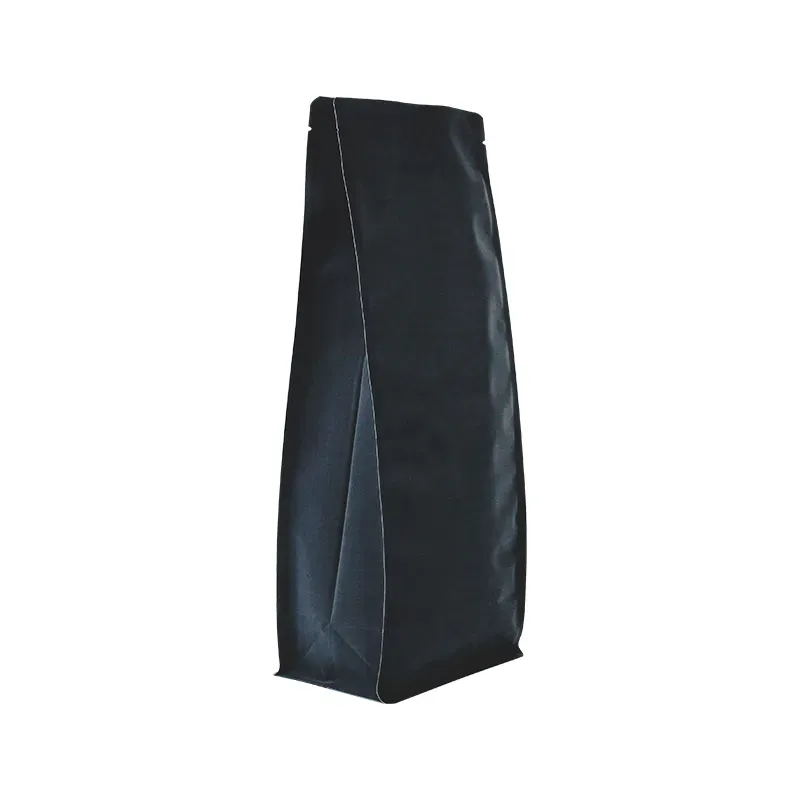- Afrikaans
- Albanian
- Amharic
- Arabic
- Armenian
- Azerbaijani
- Basque
- Belarusian
- Bengali
- Bosnian
- Bulgarian
- Catalan
- Cebuano
- chinese_simplified
- chinese_traditional
- Corsican
- Croatian
- Czech
- Danish
- Dutch
- English
- Esperanto
- Estonian
- Finnish
- French
- Frisian
- Galician
- Georgian
- German
- Greek
- Gujarati
- haitian_creole
- hausa
- hawaiian
- Hebrew
- Hindi
- Miao
- Hungarian
- Icelandic
- igbo
- Indonesian
- irish
- Italian
- Japanese
- Javanese
- Kannada
- kazakh
- Khmer
- Rwandese
- Korean
- Kurdish
- Kyrgyz
- Lao
- Latin
- Latvian
- Lithuanian
- Luxembourgish
- Macedonian
- Malgashi
- Malay
- Malayalam
- Maltese
- Maori
- Marathi
- Mongolian
- Myanmar
- Nepali
- Norwegian
- Norwegian
- Occitan
- Pashto
- Persian
- Polish
- Portuguese
- Punjabi
- Romanian
- Russian
- Samoan
- scottish-gaelic
- Serbian
- Sesotho
- Shona
- Sindhi
- Sinhala
- Slovak
- Slovenian
- Somali
- Spanish
- Sundanese
- Swahili
- Swedish
- Tagalog
- Tajik
- Tamil
- Tatar
- Telugu
- Thai
- Turkish
- Turkmen
- Ukrainian
- Urdu
- Uighur
- Uzbek
- Vietnamese
- Welsh
- Bantu
- Yiddish
- Yoruba
- Zulu
die lines
Understanding Die Lines A Key Element in Packaging and Print Design
In the world of packaging and print design, die lines play a crucial role that often goes unnoticed by the average consumer. Yet, these seemingly simple outlines are fundamental to the creation of effective packaging, ensuring that products are not only visually appealing but also functional and practical. This article delves into the concept of die lines, their importance in the design process, and tips for creating effective die lines for various projects.
What Are Die Lines?
Die lines, also known as cut lines, are the outlines used in the design process to indicate where a die will cut, fold, or score the material. These lines are typically represented by solid lines (for cuts), dotted lines (for folds), and other variations that indicate different actions to be taken during production. When a designer prepares a file for printing or packaging, they must include these die lines to ensure that the final product meets the intended specifications.
The term die refers to the tool used in manufacturing that cuts or shapes materials, often made from metal or other durable substances. In essence, die lines provide a blueprint for the production process, specifying dimensions, layout, and structural details. They can be applied to various materials, including cardboard, plastic, and paper, making them a versatile component in both packaging and print design.
The Importance of Die Lines in Design
1. Accuracy in Production One of the primary benefits of using die lines is that they ensure accuracy in production. By clearly defining the areas that need to be cut or folded, die lines help eliminate errors that could lead to wasted materials and increased costs.
2. Visual Clarity Die lines provide visual clarity to designers, allowing them to see how their artwork will translate into a physical product. This can be especially important in packaging design, where the aesthetics and functionality must be harmonized. Designers can visualize how graphics will wrap around edges and corners, ensuring that branding remains intact and visible.
3. Cost-Effective Solutions By creating precise die lines, designers can streamline the manufacturing process. This efficiency can result in significant cost savings, especially for large print runs. A well-prepared die line can reduce the need for revisions and prevent material waste.
die lines

4. Prototyping and Testing Die lines are also essential in creating prototypes. Designers can create mock-ups of packaging, allowing clients to see and feel the product before it goes into mass production. This step is crucial for evaluating both functionality and aesthetic appeal.
Tips for Creating Effective Die Lines
1. Use Vector Graphics Always create die lines in vector format. This ensures scalability and allows for precise adjustments without losing quality. Software such as Adobe Illustrator is commonly used for this purpose.
2. Clearly Differentiate Lines Use distinct line styles to differentiate between cut lines, score lines, and fold lines. This reduces confusion during the production process and ensures that manufacturers understand the intended actions.
3. Include Bleed Area Incorporate a bleed area into your die lines. This is the additional space around your design that ensures the final product has no unprinted edges. Typically, a bleed of 0.125 inches is recommended for most projects.
4. Collaborate with Manufacturers Communication with your printing or packaging manufacturer is essential. They can provide specific guidelines on die line creation, including requirements for thickness and precision.
5. Test Your Designs Before finalizing your packaging, always create a prototype to test functionality and aesthetic appeal. This allows you to identify any issues with the die lines and make necessary adjustments.
Conclusion
In summary, die lines are an integral part of the design and production process in packaging and print design. They serve as a guide for manufacturers, ensuring that designs are translated accurately into physical products. By understanding how to create effective die lines, designers can enhance their workflow, minimize errors, and ultimately produce outstanding packaging solutions that attract consumers and fulfill functional requirements. As the packaging industry continues to evolve, the importance of well-crafted die lines remains a constant, underpinning the connection between creativity and manufacturing precision.













